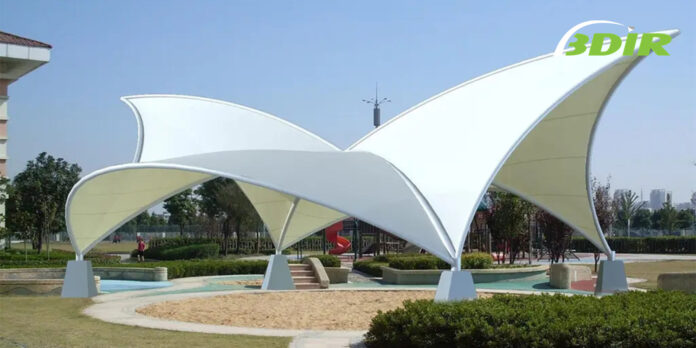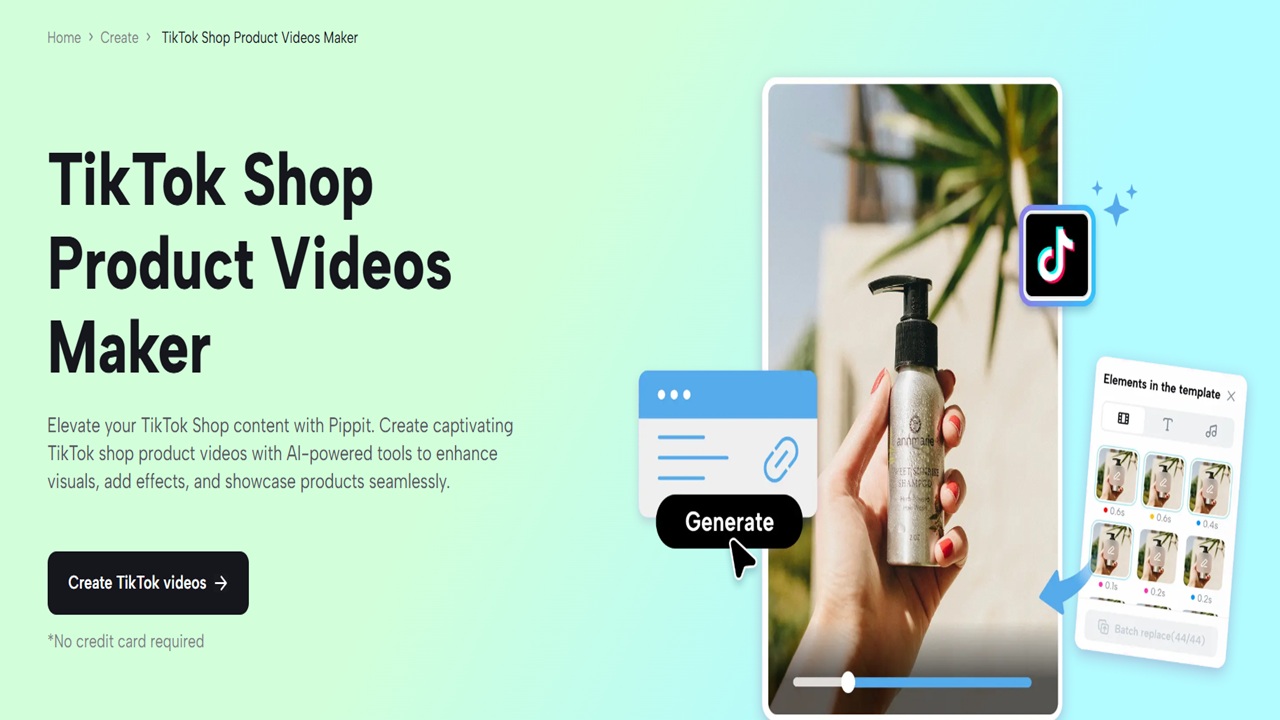Thermoplastic polytetrafluoroethylene (PTFE) is known because of its excellent corrosion resistance and temperature resilience. It’s often called by the commercial names ‘Teflon’ or ‘Syncolon’ as an anti-sticking coating for cookware. But it also has a variety of technological and chemical uses.
Despite the fact that Dr. Roy Plunkett discovered it by chance when researching for DuPont inside the United States in 1938, the ptfe structure is now widely used.
Engineering purposes
As a principle, PTFE’s major uses in architecture and transportation are for tension-control performance whenever elements operate in proximity to each other. For example, a design and installation of steel structures to reduce stresses caused by improper alignment of steel parts; also as a temperature bridges barrier, such as when a pipe goes through an exterior wall.
It decreases contact, tears, and energy usage as a lubrication piece in machinery. This was employed to great effect on the Millau Viaduct in southern France when PTFE-coated joints are being used to decrease the enormous friction caused when the bridge deck is pushed into position over the underlying power poles.
About half of the PTFE produced is used in aviation and software industries, primarily as an insulator in connections and wires. Bearings, sealing, valves, and nuts, as well as lining hose assembly, windshield wiper fans, industrial pipelines, and as a weatherproof layer for apparel products, are some of the other applications.
What Are the Advantages of PTFE in the Construction Industry?
Sturdiness and Resilience
The enhanced mechanical resilience of the PTFE membrane is due to the woven fiberglass strands. It is the preferred material for big ultralight constructions since it can cover enormous areas with minimum supplementary reinforcing parts.
Because the PTFE coating is chemically inert, it doesn’t decay or age when exposed to UV light, guaranteeing that the fabric retains its dazzling white color for the duration of its life.
PTFE fabric may be used in a variety of settings, from the freezing north to the blistering desert heat, and can withstand extreme weather while preserving strength and endurance.
Extremely Easy To Maintain
The friction coefficient of a PTFE membrane is among the weakest of any solid, indicating that practically nothing sticks to it.
The minimum surface tension of the barrier layer reduces dust, grime, and pollutants’ ability to attach to the surface, allowing them to be readily swept away during regular rainstorms.
Because PTFE is hydrophobic, the liquid will bounce and flow off across natural curves, enhancing the self-cleaning characteristics.
Fire Performance
The PTFE coating on structural textiles retains a very high melting temperature (about 327°C) due to the non-flammable fiberglass at its center, that’s why there are very few scenarios when PTFE would indeed be ruined by heat.
Light Absorption
PTFE screens transfer up to 14% of ambient daylight, eliminating the need for electric lights during the day and producing a pleasant, glare-free atmosphere. If illuminated in the evening, this very same quality provides for unique visual displays with significant intensity, while strong reflection offers brightness through uplighting.













